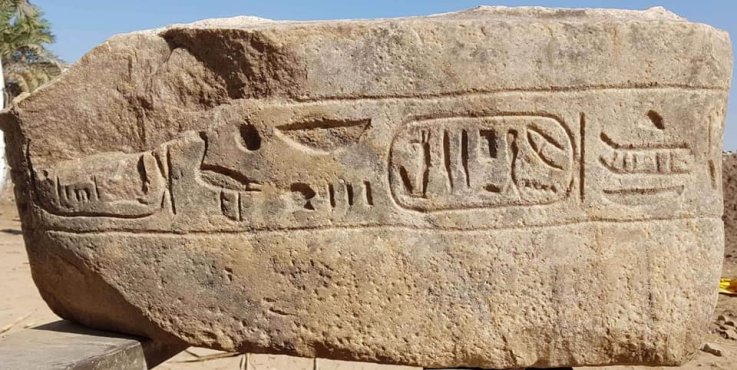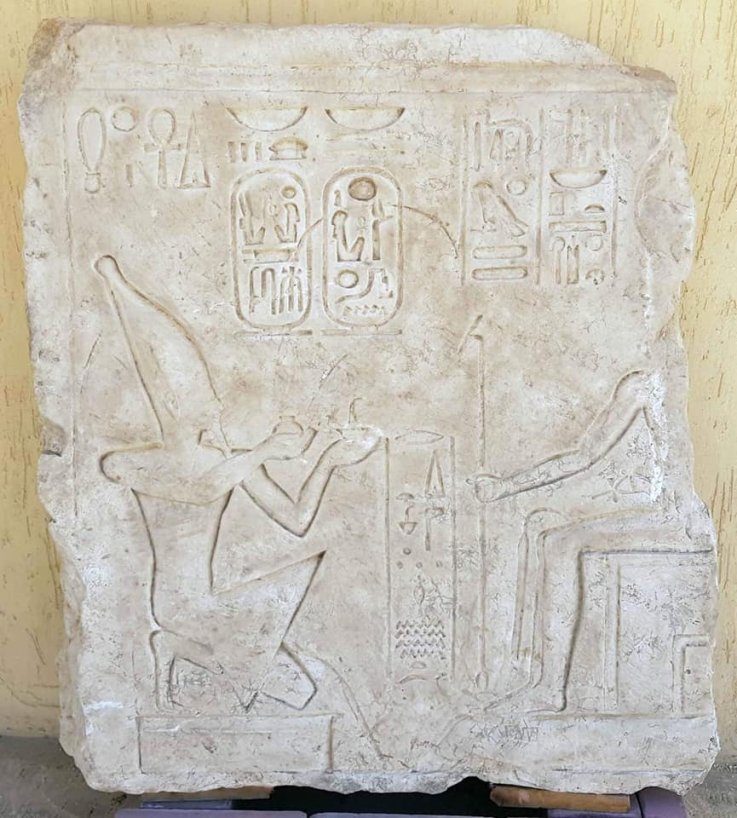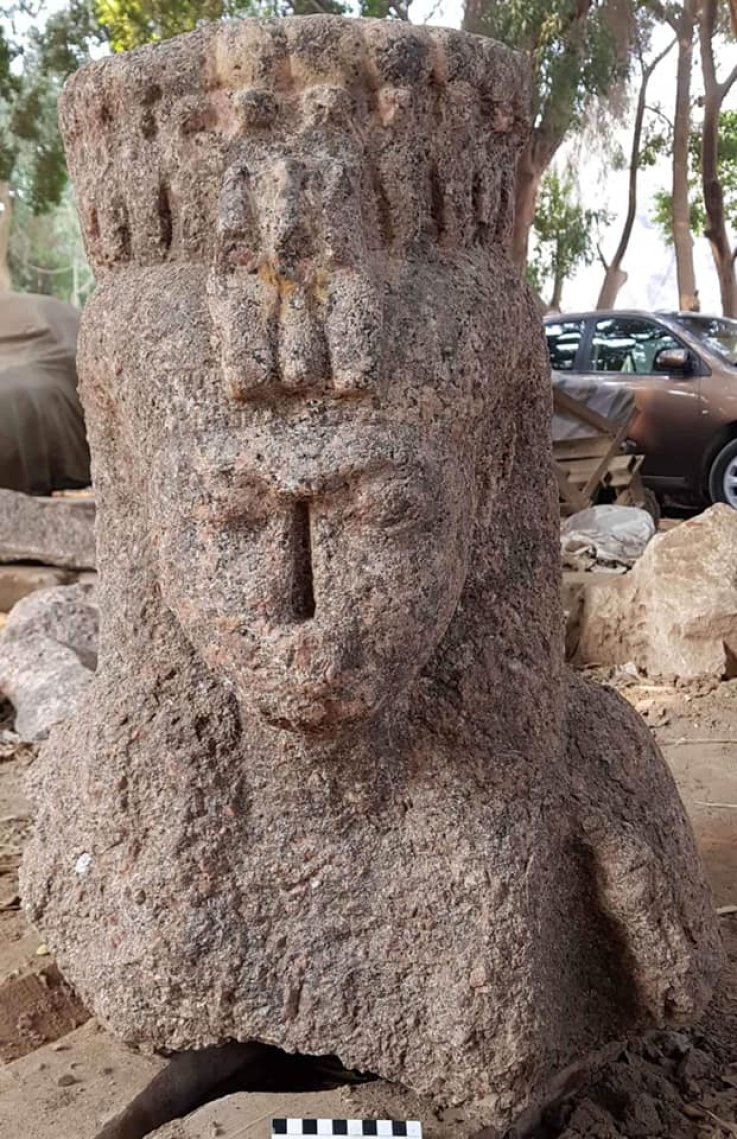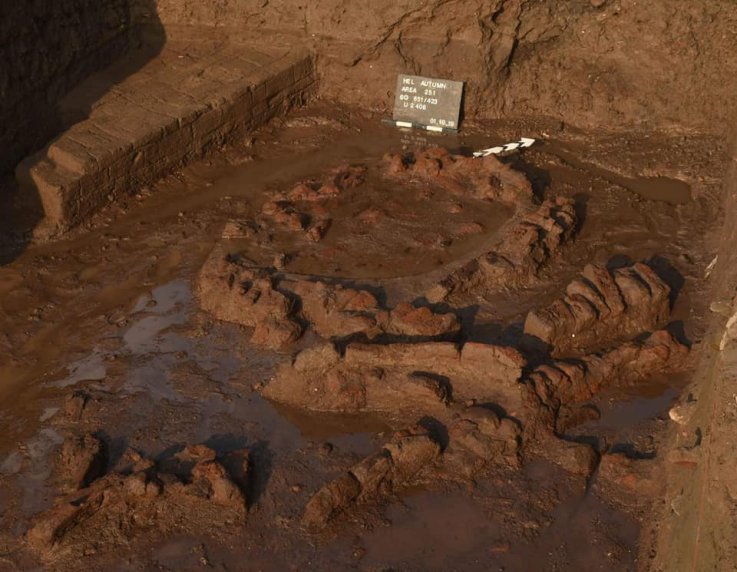https://www.newsweek.com/site-ancient-egypts-sun-cult-reveals-royal-statues-mud-wall-block-king-ramses-ii-1475026
Site of Ancient Egypt's Sun Cult Reveals Royal Statues, Mud Wall and Block of King Ramses II
The Ministry of Antiquities announced the discoveries made during the thirteenth season of a joint mission by German and Egyptian archaeologists—the Heliopolis Project—on the department's Facebook page.
The artefacts are thought to (mostly) date back to the New Kingdom (1570 to 1070 B.C.) and Hellenistic era (323 B.C.E. to 31 B.C.E.), a period that came to an end with the death of Alexander the Great and Cleopatra.

The finds include a stone block depicting King Ramses II in front of the god Ra Horakhty—"the great god Lord of Heaven, ruler of Heliopolis"—and a section from the base of a brown quartz statue of King Seti II (1205 to 1194 B.C.E.). There was also a fragment from a red granite statue thought to portray the goddess Isis or Hathor, or an ancient Egyptian queen, as well as several pieces of ancient pottery.
The archaeologists discovered a stretch of mud wall, found next to a layer of rubble. The latter contained a number of molds that experts say would have been used for the production of amulets as well as parts of columns that had been reused from the Old Kingdom (circa 2649 to 2130 B.C.E). A second layer dated back to the pre-dynastic era (pre-3100 B.C.E.) revealed several stone tools and traps belonging to a time before Upper and Lower Egypt had been unified.

According to Dr. Ayman Ashmawy, head of the Egyptian Antiquities Department at the ministry, excavations and testing at locations close to the site of ancient industrial workshops also revealed a section of a paved street one meter below groundwater.
Previous seasons have uncovered fragments of giant statues—which archaeologists at the time thought could be depicting King Seti II and King Ramses II, who extended the Egyptian Empire to Syria. More recent research, however, instead suggests the statue of King Ramses II is actually that of the lesser-known King Psamtek I, who ruled between 664 to 610 B.C.E.

Heliopolis, in what is now a suburb in northeastern Cairo, is believed to be one of the oldest cities in ancient Egypt. According to the Heliopolis Project, it was the geographical center of the ancient empire's sun-cult, a "core" feature of ancient Egyptian religion for over 3,000 years. Believers thought Heliopolis was the site of the world's creation. Today, archaeologists believe the temple to have been the model for temple complexes like Karnak and Amarna.

-- Sent from my Linux system.
No comments:
Post a Comment